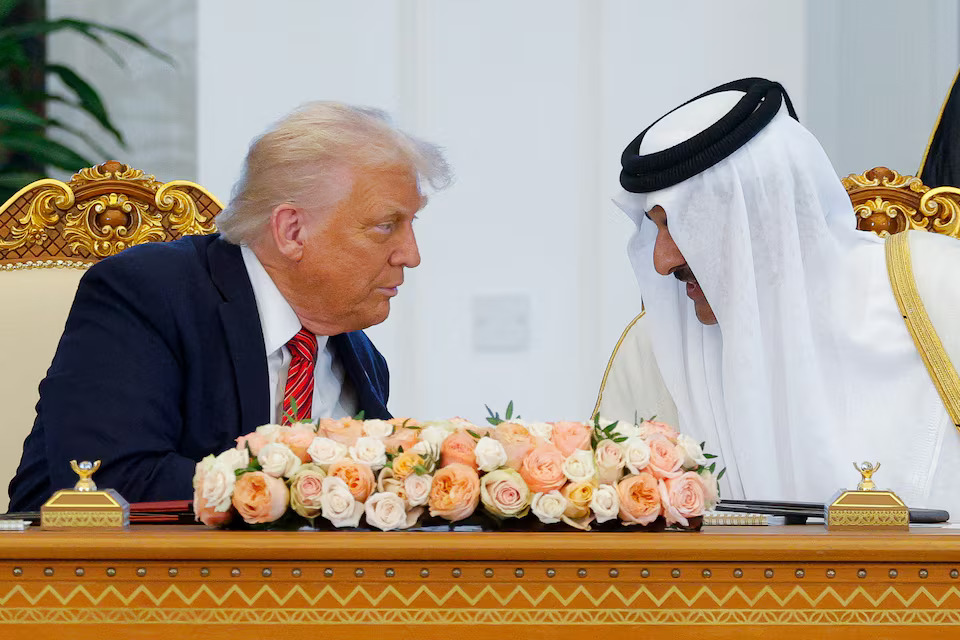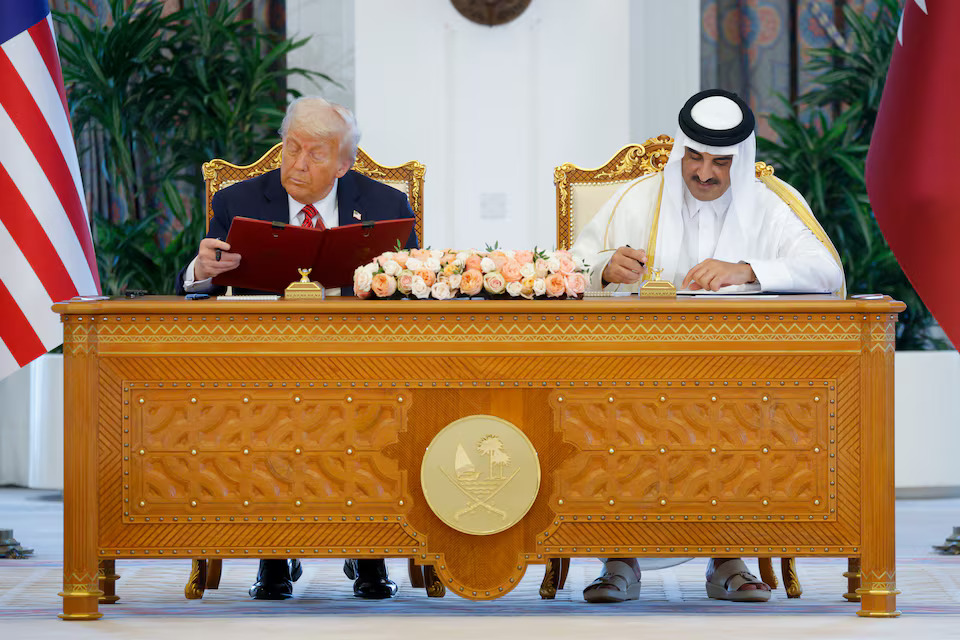In a landmark moment redefining transatlantic economic diplomacy, the United States and Qatar have inked a series of groundbreaking agreements that could generate a staggering $1.2 trillion in economic exchange, according to a White House fact sheet.
Announced during a high-stakes meeting between then-President Donald Trump and Emir Sheikh Tamim bin Hamad Al-Thani, the deal blends geopolitical strategy with commercial ambition, positioning both nations at the helm of 21st-century aerospace and defense innovation.
At the heart of this mega-deal is Qatar Airways’ monumental $96 billion commitment to purchase up to 210 state-of-the-art Boeing aircraft—primarily the long-range 787 Dreamliner and the next-generation 777X, all powered by GE Aerospace engines. This order not only cements Boeing’s dominance in the global aviation sector but also signals Qatar’s aggressive push to expand and modernize its national airline into a premier player on long-haul routes.
But the economic impact doesn’t stop at 30,000 feet.

In parallel, the countries unveiled a forward-looking statement of intent outlining future investments of up to $38 billion at the Al Udeid Air Base in Qatar—home to the largest U.S. military presence in the Middle East. These upgrades will include enhanced air defense systems, maritime security infrastructure, and next-gen military technology. The Al Udeid initiative marks a strategic deepening of bilateral security ties at a time of rising global tensions and shifting alliances.
This massive agreement isn’t just about aircraft and defense systems—it’s a bold message to global markets. It reflects a new era where diplomacy is no longer confined to policy alone but hinges on large-scale commercial collaboration and industrial muscle. Qatar is rapidly emerging not just as a geopolitical ally, but as a tech-forward investment hub, aligning its national vision with Western innovation and defense priorities.
For the United States, the economic ripple effect of this pact will likely translate into tens of thousands of high-skill jobs, manufacturing momentum in key states, and a fortified position in the ever-intensifying global aerospace race.
As the ink dries on one of the most consequential international agreements of the decade, all eyes will be on how this $1.2 trillion partnership takes flight—literally and strategically.


